Life Science Teaching Resources
Take your students on a life science adventure with hundreds of teacher-created printable worksheets, digital activities and more resources designed to save you time on your lesson planning!
Bring living organisms to the surface, break down the life cycles of plants and animals and teach your students how and why we classify living things with fun and engaging activities created by teachers who have been in classrooms just like yours. Aligned with the NGSS curriculum, resources in this collection have all undergone careful review by an expert science teacher on the Teach Starter team to ensure they're ready for your lesson plans and your students.
Whether you're teaching life science for the first time or just need a quick refresher on some of the major vocabulary so you have it at the tip of your tongue for teaching, we've got you covered. Read on for a primer from our teacher team!
What Is Life Science and Why Do We Teach It?
We have to start somewhere, so why not start with a simple definition of life science?
Life science is the study of living organisms — including plants, animals and humans. We teach this branch of science in elementary and middle school to help our students understand the diversity, complexity and interdependence of life on Earth.
- Plus Plan
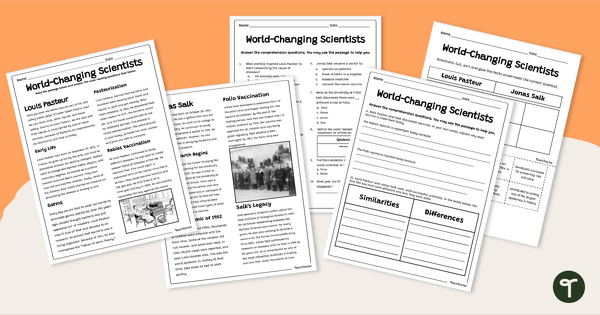
Louis Pasteur and Jonas Salk - Famous Scientists Comprehension Pack
Introduce your students to the groundbreaking work of Louis Pasteur and Jonas Salk with a comparative reading passage and comprehension questions.
- Plus Plan
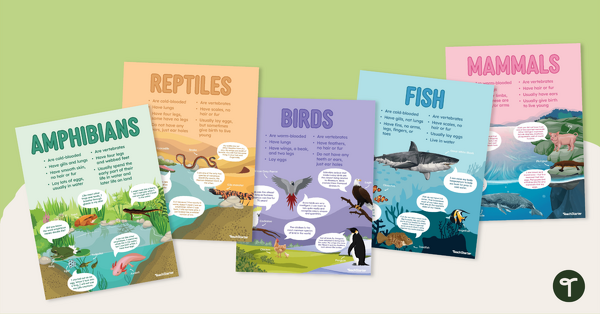
Animal Classification Posters
Display information about birds, mammals, amphibians, fish, and reptiles with this poster pack.
- Plus Plan
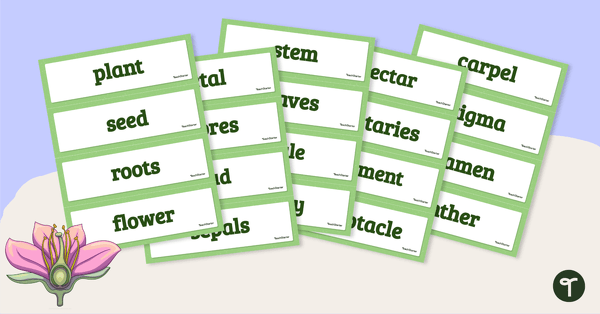
Parts of a Flower Printable Vocabulary Cards
Print a set of 24 vocabulary cards covering parts of a flower for your word wall.
- Plus Plan
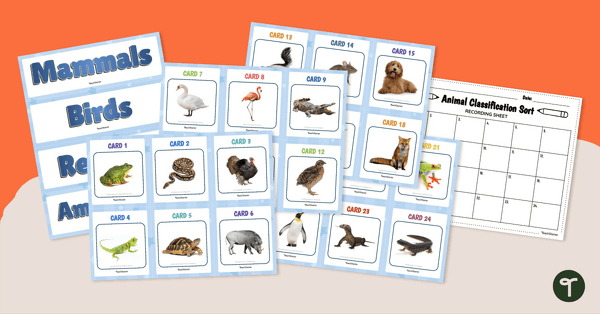
Animal Classification Sort
Determine if an animal is an amphibian, reptile, mammal, or bird with this sorting activity.
- Plus Plan
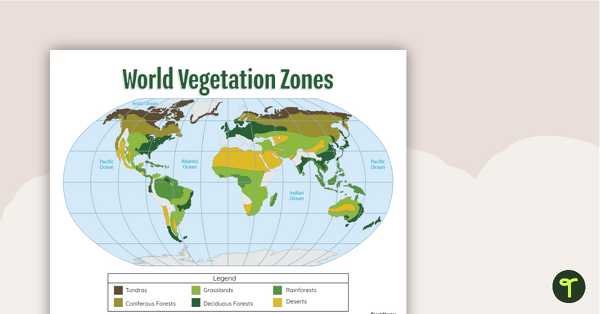
World Biomes Map
Locate and explore the different biomes of the world with this engaging classroom poster.
- Plus Plan
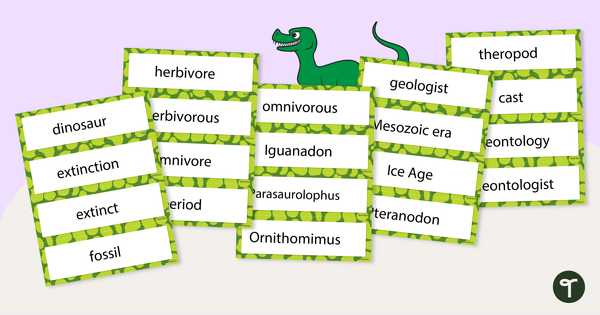
Dinosaur Words - Word Wall Vocabulary Cards
Fifty-four dinosaur-related terms for a word wall.
- Plus Plan
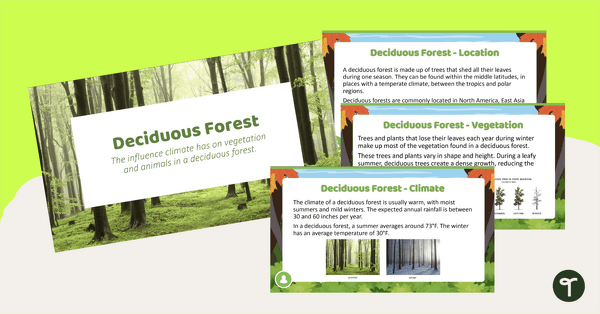
Deciduous Forest Biome Slide Deck
An 11-slide editable PowerPoint to use in the classroom when learning about deciduous forests.
- Free Plan
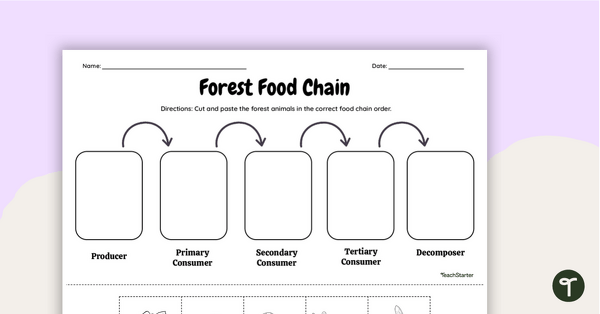
Forest Food Chain – Cut and Paste Worksheet
Create a forest food chain to show how energy flows between organisms with this cut-and-paste worksheet.
- Plus Plan
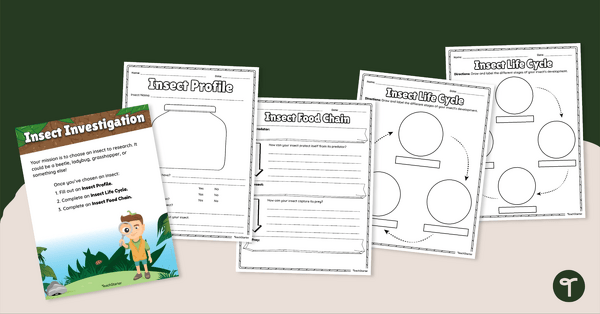
Insect Investigation - Research Task
Explore insect life cycles and food chains with this research task.
- Plus Plan
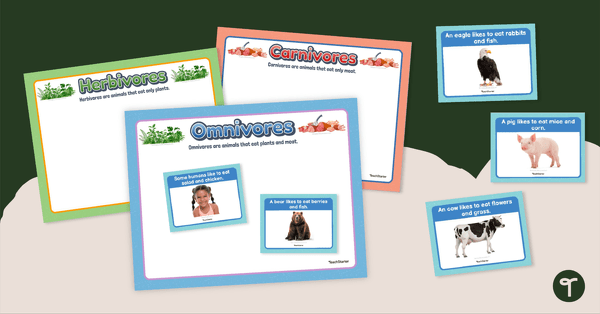
Herbivores, Carnivores, and Omnivores – Sorting Activity
Determine if animals are omnivores, carnivores, or herbivores based on their diet with this sorting activity.
- Free Plan
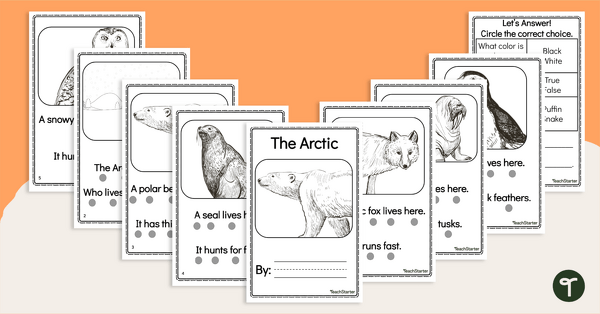
In the Arctic - Free Decodable Book
Engage your students and inspire them to read and learn about life in the Arctic with a printable book for 2nd grade.
- Plus Plan
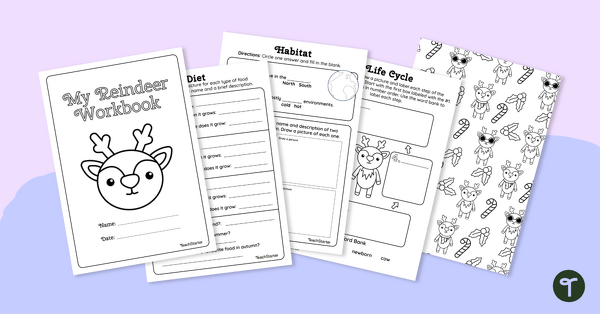
Reindeer Research Guide - Mini Workbook
Research all about reindeer and use this guided research template to organize student learning.
- Plus Plan
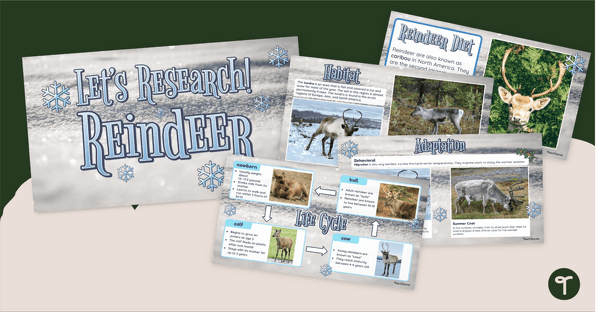
Reindeer Research - Instructional Slide Deck
Use an animated instructional slide deck to guide your students through a reindeer research project!
- Plus Plan
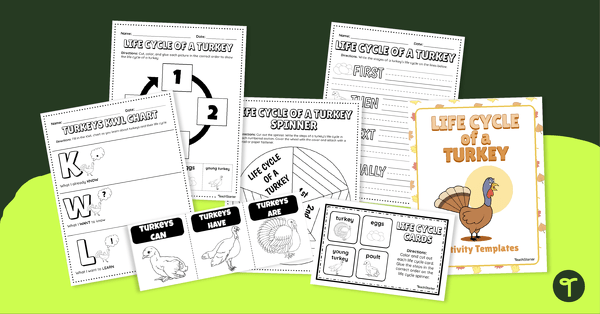
The Life Cycle of a Turkey - Printable Thanksgiving Activities
Celebrate Thanksgiving while you organize, record, and display information about the life cycle of a turkey with these activity templates.
- Plus Plan
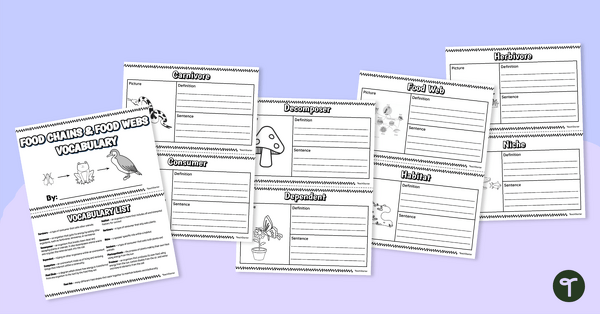
Food Chains & Food Webs – Vocabulary Booklet
Reinforce science vocabulary by creating a booklet to reference when studying food chains and food webs.
- Plus Plan
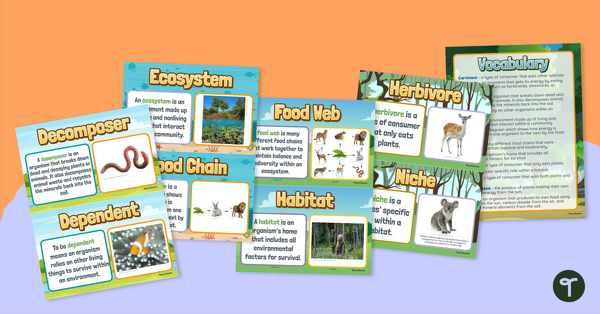
Food Chains & Food Webs – Vocabulary Posters
Display this set of science vocabulary posters in your classroom when learning about food chains and food webs.
- Plus Plan
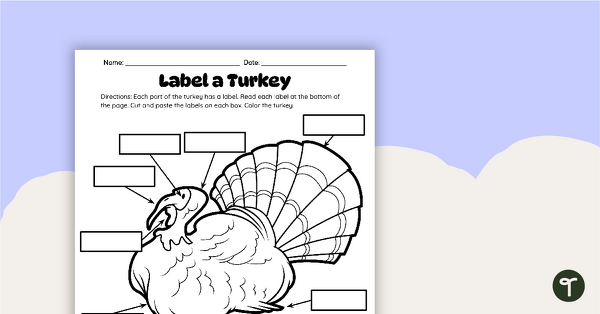
Label a Turkey Worksheet
Bring Tom Turkey and animal studies into your Thanksgiving lesson plans with a turkey labeling worksheet.
- Plus Plan
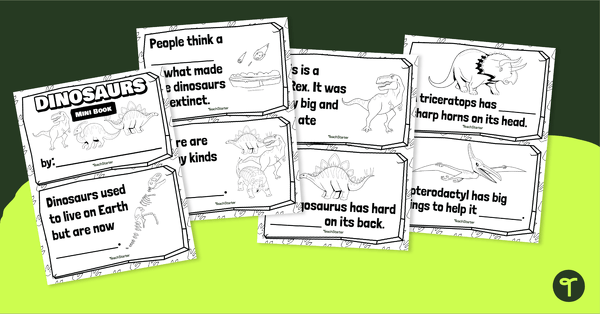
Printable Book - Dinosaurs
Learn about dinosaurs with a printable book for preschoolers, kindergartners, and first-graders.
- Plus Plan
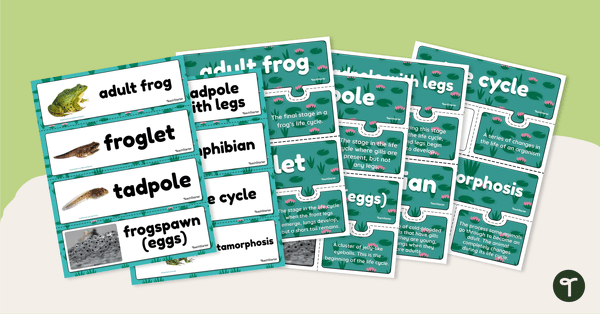
Life Cycle of a Frog – Vocabulary Cards and Puzzles
Reinforce science vocabulary with this set of word wall cards and vocabulary puzzles covering the life cycle of a frog.
- Plus Plan
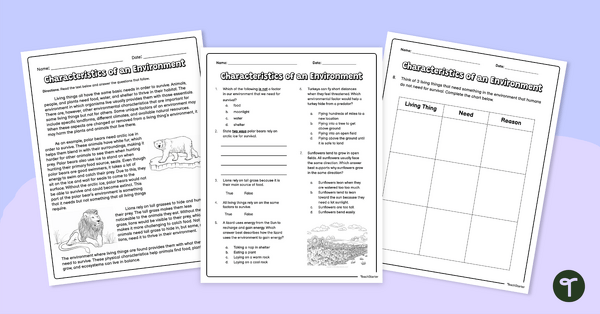
Characteristics of an Environment – Worksheet
Enhance your students’ comprehension and science skills by learning about the physical characteristics of different environments and how they support populations within an ecosystem.
- Plus Plan
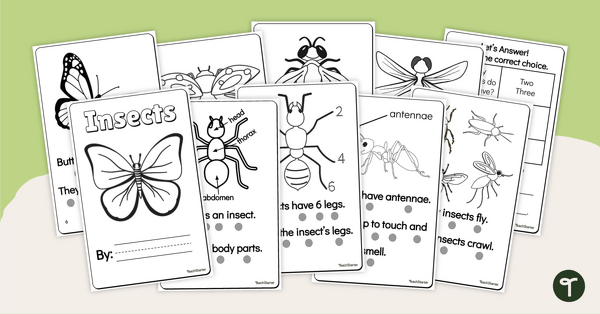
Features of Insects Mini-Book
Learn about creepy crawly insects with a printable decodable book for first and second-grade readers.
- Plus Plan
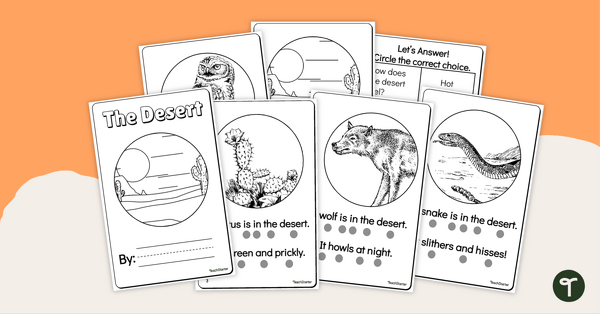
Desert Mini-Book - Printable Reader
Engage your students and inspire them to read and learn about plants and animals in the desert with a printable book for 2nd grade.
- Plus Plan
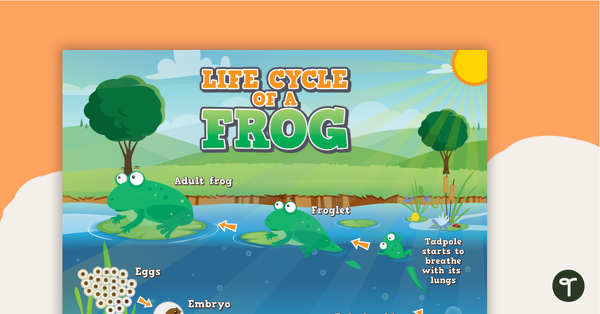
Life Cycle of a Frog - Poster
Learn about the life cycle of a frog with this colorful poster.
- Plus Plan
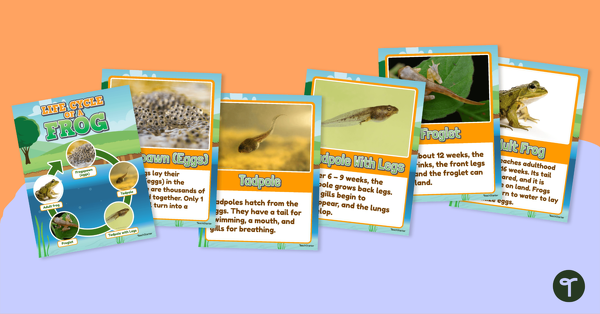
Life Cycle of a Frog – Poster Pack
Display information about the life cycle of a frog with this set of 6 posters.
- Plus Plan
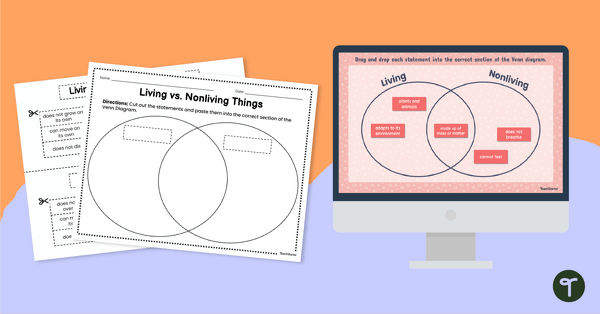
Living vs. Nonliving Things - Interactive and Printable Sorting Activity
Compare the characteristics of living and nonliving things with this cut-and-paste Venn Diagram worksheet.
- Plus Plan
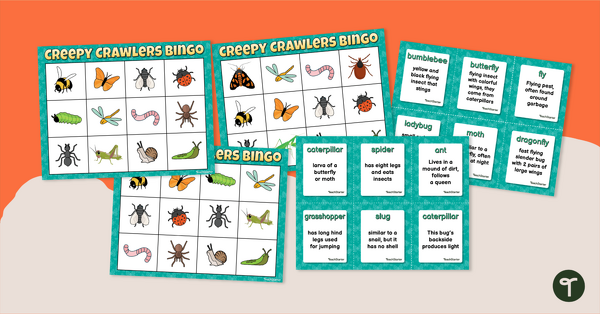
Insects for Kids - Bingo Game
Learn about creepy crawly insects with a Bug Bingo Game for preschoolers.
- Plus Plan
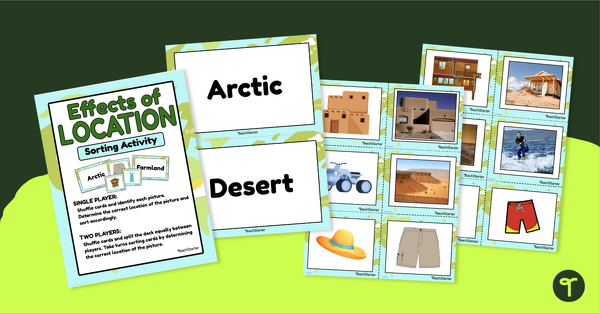
Effects of Physical Location Sort
Help children learn how the environment affects those that live in a specific area with a sorting activity.
- Plus Plan
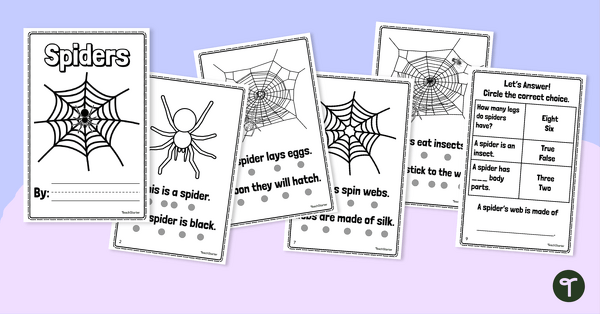
Printable Spider Book
Bring a bit of creepy into the classroom this Halloween with a printable leveled reader about spiders!
- Plus Plan
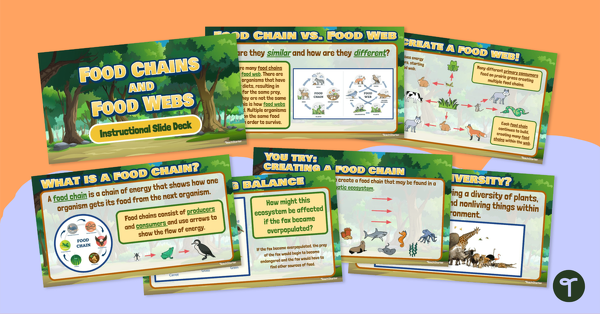
Food Webs vs. Food Chains – Instructional Slide Deck
Learn the difference between a food chain and a food web with this 18-slide instructional slide deck.
- Plus Plan
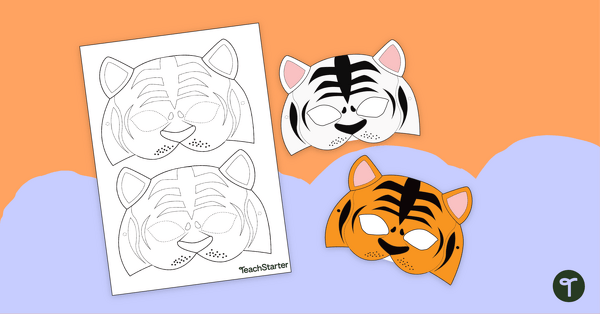
Tiger Face Mask Template
A tiger face mask for students to decorate.
- Plus Plan
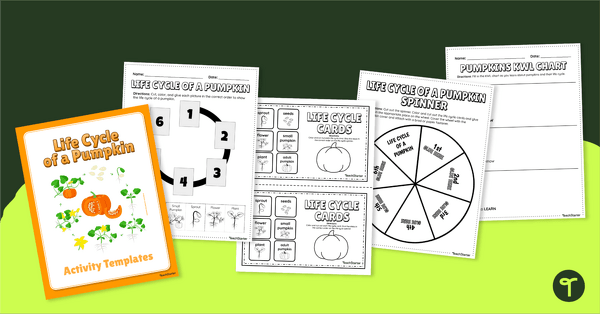
Life Cycle of a Pumpkin Activity Templates
Organize, record, and display information about the life cycle of a pumpkin with these activity templates.
- Plus Plan
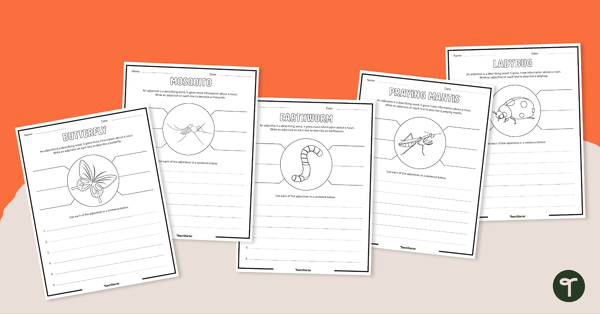
Insect Adjectives – Worksheet
A set of 10 insect themed adjective worksheets to use in the classroom when learning about insects.